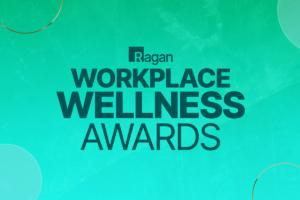How to address the growing ‘triple peak day’ trend
Microsoft researchers have observed more remote employees returning to work late at night. Is this a red flag or a sign of workers adopting workdays that best suit their lives?

Traditionally, most conceive of the workday as taking place between 9 a.m. and 5 p.m., which likely results in two productivity peaks — one in the morning and afternoon. But the pandemic and the rise of remote work shook up many people’s working hours as they navigated not having a commute, different facets of childcare and/or caregiving and more. According to Microsoft Research, this has created a rise in the “triple peak day,” with some employees resuming work between 9:00 and 11:00 p.m.
The research, which studied 50 consenting Microsoft employees for four weeks, defines these productivity peaks by using a total number of keyboard events. Research from Microsoft’s 2022 Work Trend Index previously found that the workday span for the average Microsoft Teams user has increased more than 13% since March 2020, as have after-hours (28%) and weekend work (14%).
This extension — or evolution — of the workday raises the question of how employers should react. “This [third] peak is different from the other two peaks because it raises the question, ‘Is this about flexibility, or is it about work encroaching on someone’s personal hours?’” says Shamsi Iqbal, a principal researcher of productivity and intelligence at Microsoft Research and Microsoft Viva Insights.
Microsoft’s research around the “triple peak day” doesn’t provide answers on what is behind this uptick. It could be parents who focus on their kids in the afternoon and pick up work again following bedtime, or those who work best in the evening or need dedicated time to focus. It could also be explained by jobs requiring cross-country or global collaboration. But if employees are working during all three peaks, that could be a recipe for burnout, Iqbal says.
To ensure these third peak work hours don’t feed employee burnout, employers should:
- Have managers work with teams on explicit norms that support sustainable working practices.
- Check in with employees to ensure they don’t feel like they need to work all the time to keep up with their workloads.
- Agree as a team when and how to use scheduling tools, like delayed send for emails, if working outside of regular business hours, so the response expectation is also addressed.
How are you, wellness pros, handling or addressing shifting employee workdays? Let us know!
Learn about the benefits of designing a team wellness charter here.
COMMENT
Ragan.com Daily Headlines
RECOMMENDED READING
Tags: burnout, flexible hours, Microsoft, productivity, workday






